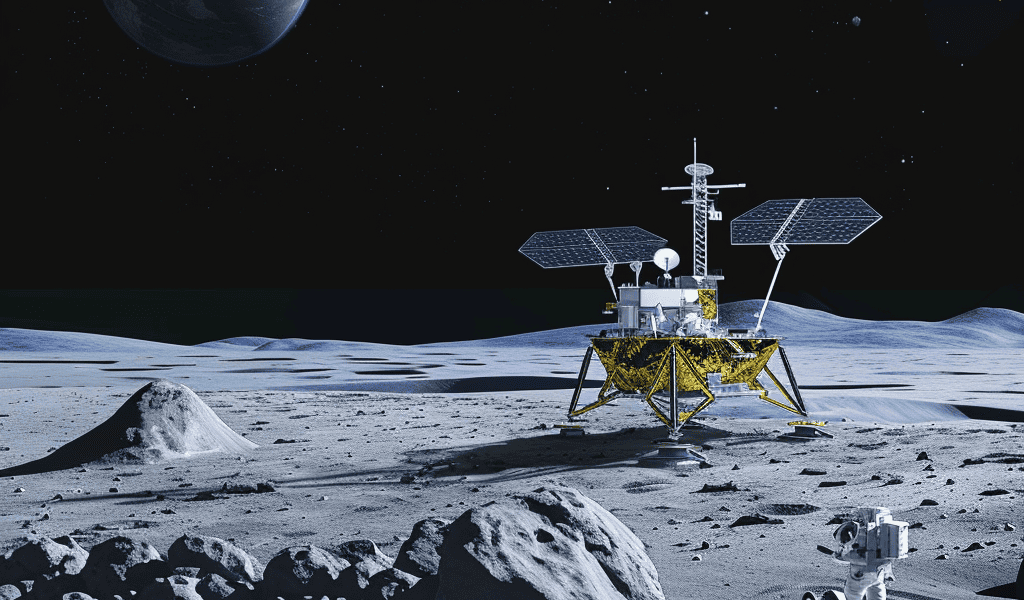Chinese Space Scientists Reveal Scientific Goals and Payloads of Chang’e 7 Lunar Probe Mission
Chinese space scientists have revealed the scientific goals and payloads of the upcoming lunar probe mission, Chang’e 7, which will investigate water ice in the shadow pit near the south pole of the moon. The mission, scheduled for around 2026, aims to implement resource exploration of the lunar south pole.
The scientific targets of the mission include studying the water ice and volatile components in lunar soil, lunar morphology and composition, the moon’s internal structure and magnetic fields, the landscape of the lunar south pole, the Earth’s magnetotail and plasma layer, and Lunar-Earth Very-long-baseline interferometry (VLBI) measurement experiment.
According to a review article published in the journal National Science Review, the Chang’e 7 mission will be equipped with a total of 18 payloads. These include the Lunar Orbit VLBI Experiment (LOVEX), the Grid-based Energetic Neural Atom Imager (GENA), and the Extreme Ultraviolet Camera (EUC) mounted on a relay satellite named Queqiao-2, set to be launched in the first half of this year.
The main probe of Chang’e 7 consists of an orbiter, a lander, a rover, and a mini-flying probe. The lander, along with the rover and mini-flying probe, will land on a crater’s illuminated rim near the lunar south pole. The payloads to be installed on the main probe include cameras, radars, mineral and water analyzers, spectrometers, magnetometers, a seismograph, and a volatiles detector.
The mission is designed to investigate the formation and evolution of the moon, the space environment, and the utilization of in-situ resources on the moon, laying a foundation for the establishment of a long-term lunar research station in the future.





